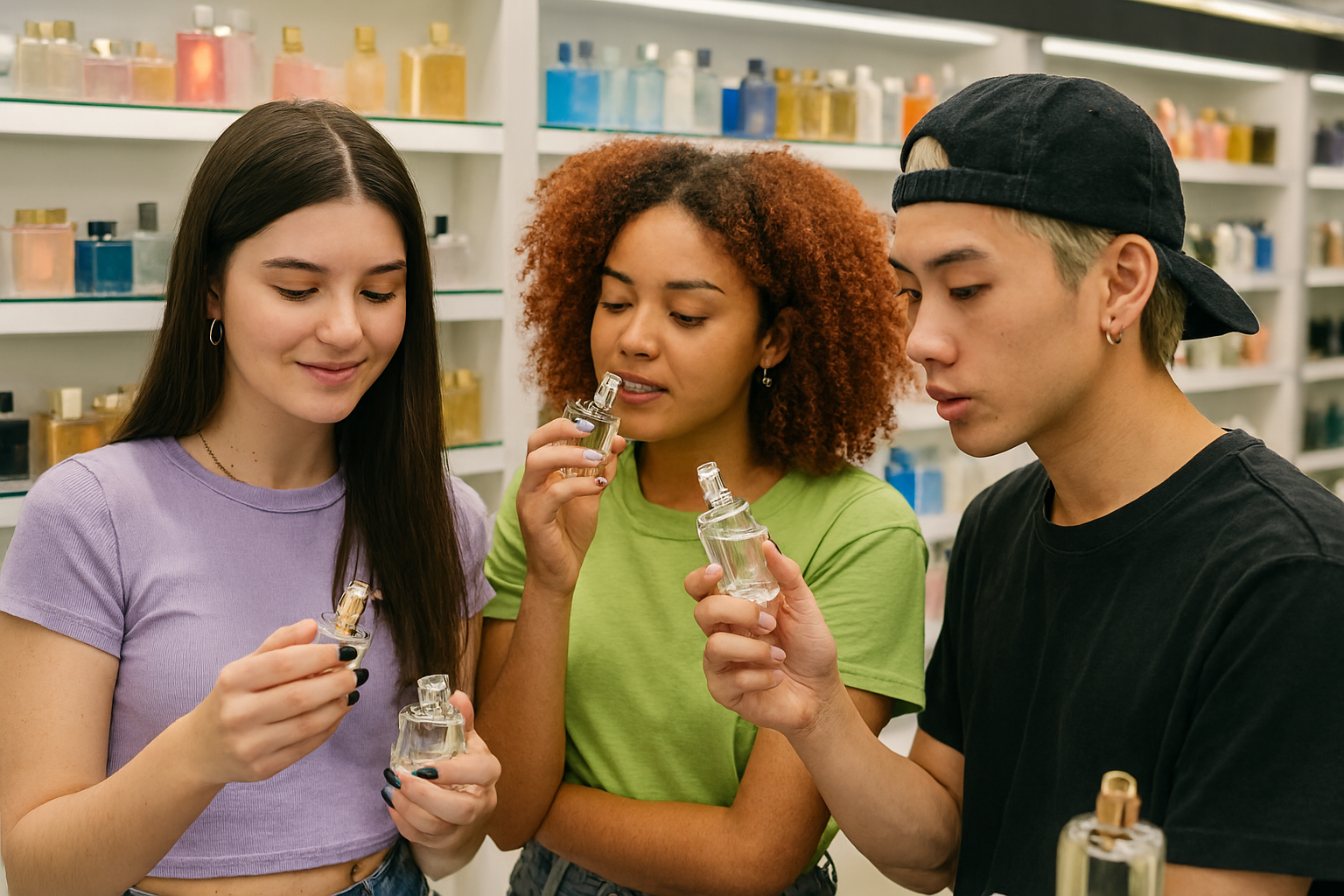Axe Study Reveals Gen Z’s Fragrance Preferences

Personal care brand Axe (Unilever) has released findings from a comprehensive study exploring how Gen Z consumers (ages 16–30) associate fragrance with confidence, charisma, and self-expression. Surveying over 2,000 participants, the study highlights a generational shift in how scent is perceived—not just as grooming, but as a social signal and identity marker.
“For Gen Z, fragrance isn’t just a finishing touch—it’s a confidence booster and a way to express who they are,” said a spokesperson from Axe.
Top Fragrance Families Linked to Confidence
- Bold & Intense – Amber, oud, leather, and spice
– Most preferred across genders and age groups
– Seen as commanding, mysterious, and memorable
- Fresh & Clean – Citrus, mint, and aquatic blends
– Popular among men and older Gen Zs (24–30)
– Associated with polish and versatility
- Sweet & Creamy – Vanilla, tonka, and caramel
– Favored by women and older Gen Zs
– Warm, comforting, and approachable
- Playful & Fruity – Cherry, mango, watermelon
– Trending among younger Gen Zs (16–23)
– Expressive and popular on platforms like Instagram and TikTok
- Skin-like & Subtle – Musk, cashmere, soft woods
– Intimate and understated
– Resonates with women and older Gen Zs
Scent as a Social Signal
– 1 in 3 respondents said fragrance boosts their confidence in social settings
– Ranked just behind clothing and being with friends
– 1 in 4 believe smelling good makes someone instantly more attractive
The study also revealed a growing fluidity in fragrance choices, with Gen Z selecting scents based on mood, occasion, and personality—rather than traditional gender norms.
For fragrance brands and perfumers, the message is clear: Gen Z expects scent to spark emotion, elevate presence, and align with their evolving identity.
Subscribe to our free newsletter to read the latest news and articles before they are published.











Subscribe To Our Newsletter
Join our mailing list to receive the latest news and updates from The Cosmetics industry
You have Successfully Subscribed!